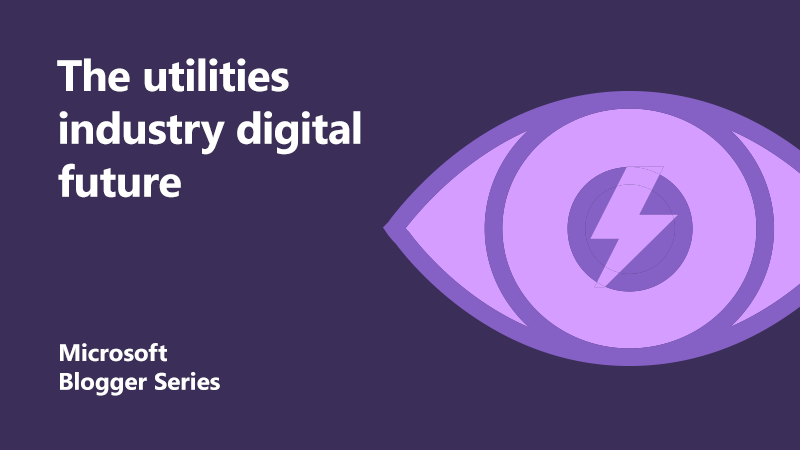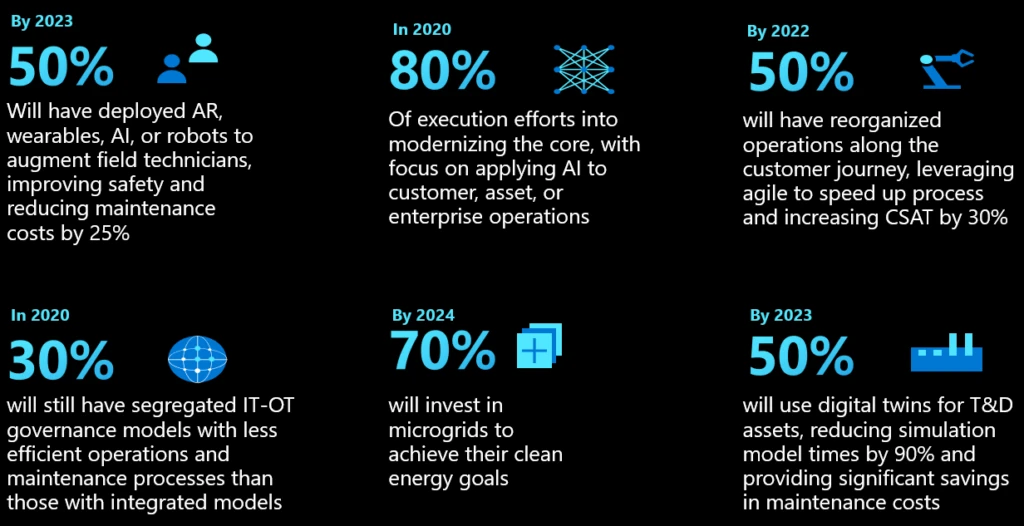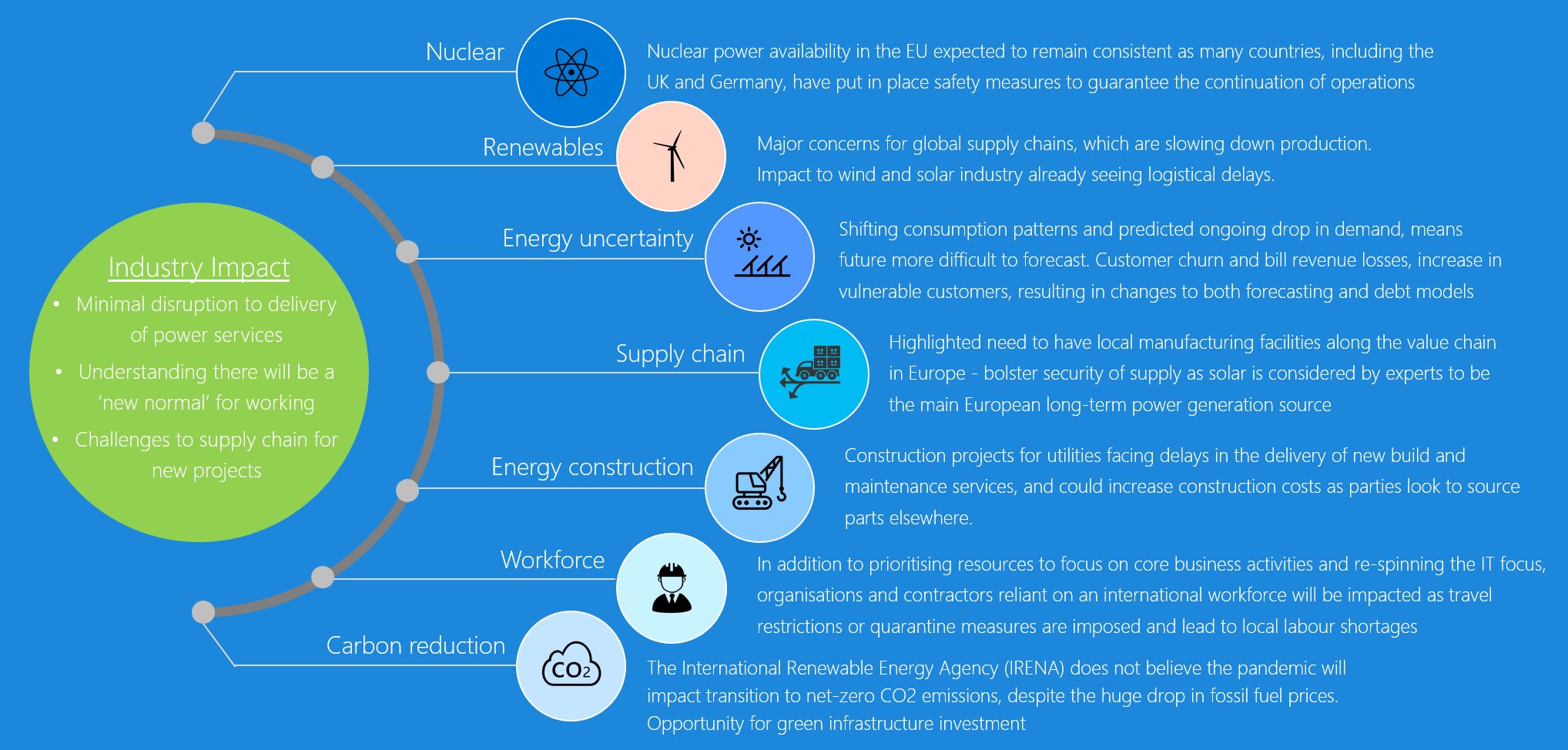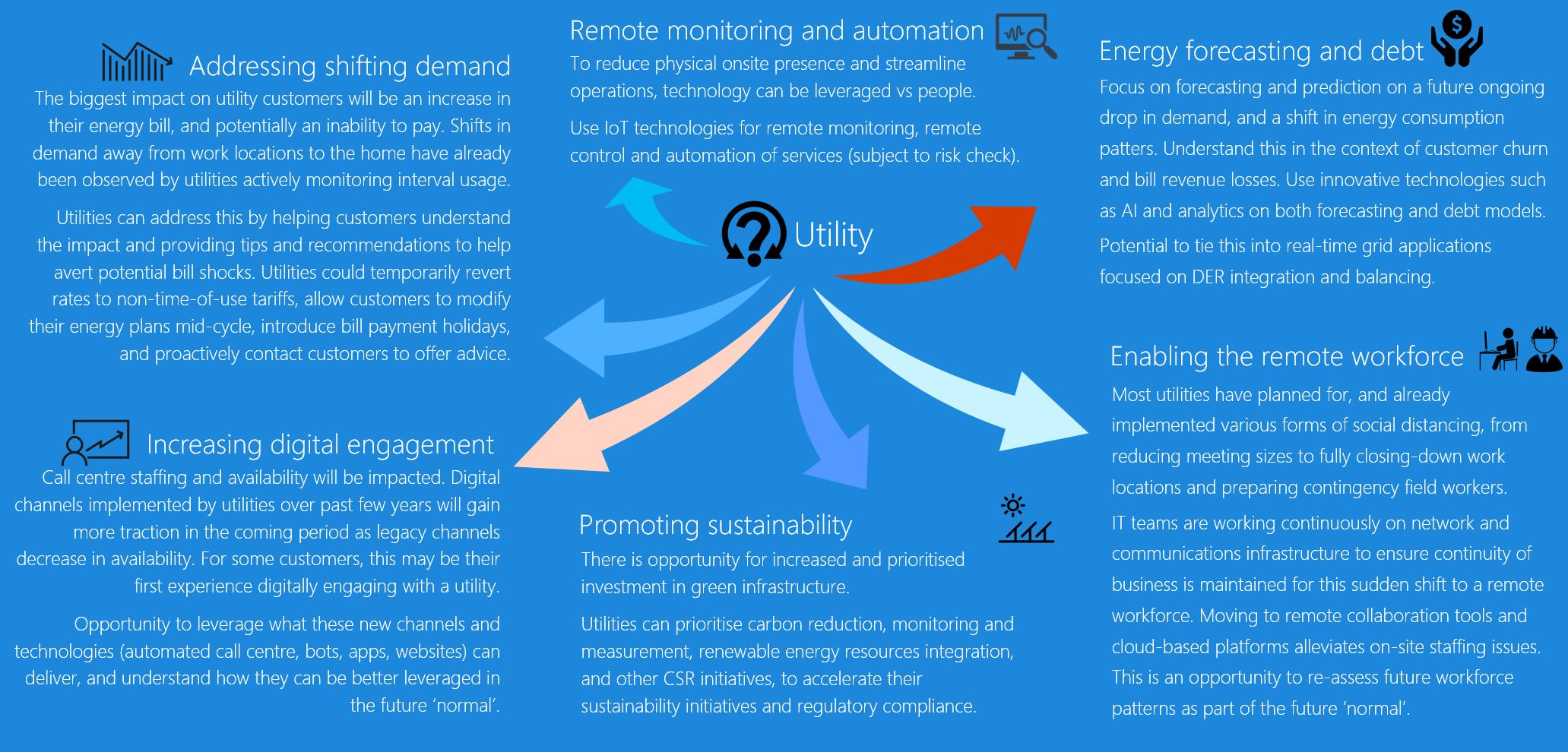
Digital agility: the future of the utilities industry
The essential role that energy utilities play in society and as critical infrastructure providers has been amplified by COVID-19. The industry is well prepared when it comes to planning for emergencies. But this situation is different; it is unlikely a one-off time-constrained event such as a flood or storm that can be dealt with and then business returns to normal. So what does the future hold for the utilities industry?
Firstly, it will have an impact on how an organisation is able to operate and respond throughout this period. Safety, physical distancing, moving to remote working where possible, and potential staff shortages will all affect an organisation. Secondly, it will likely change how utilities look to operate in the future.
The future of utilities: driving digital
For some of our customers, we’ve found the focus for them has purely been supporting core business activities and keeping the grid reliable. However, for others it has presented an opportunity to accelerate their digital optimisation and transformation strategy.
The industry is already transforming. To succeed in the future of the utilities industry, the right balance between reinventing, growing its core business, and expanding into new business models and revenue streams must be maintained. The IDC FutureScape: Worldwide Utilities 2020 Predictions Report highlights a few statistics:

The journey to an agile organisation
Digital technology is clearly not new for utilities, but for many, COVID-19 has rapidly accelerated adoption. Utility organisations have reacted quickly and in some cases, have started to actively explore how their business will operate in the future. The future of the utilities industry will focus on digital dexterity. We’re already seeing a less technology risk-averse customer appear.
To help with this process we are supporting in three key ways:
- Navigate the now: Supporting our customers’ most pressing needs to maintain business continuity despite the disruptions and restrictions of the moment.
- Plan the comeback: Helping our customers prepare to rebound their business as restrictions ease in a time of continued uncertainty and upheaval.
- Shape the new normal: Helping to reimagine our customers’ business models to leverage insights, streamline operations, and realise business efficiencies to succeed in an environment that will likely be permanently altered from pre-pandemic times.
Many are still very much focussed on the first two phases. This includes; employee safety, business continuity, expanding remote operations, and finding new ways to engage with customers.
There is also a desire to accelerate back to a ‘new normal’, or at least a new way of operating. Utility businesses are well prepared. However, there are a number of ways to enhance the response to potential issues that arise in the short-term. This can even be done while allowing new ways of working in the future.
We’ll take a look at how the utilities sector can leverage technology to gain these capabilities in order to operate as effectively as possible.
Impact on industry and rising trends
The delivery of power services will continue as normal as utilities focus on core operational business activities. However, construction, renewables, and new business projects are likely to be impacted due to logistical and supply chain issues.
We’ve seen shifting consumption patterns and drop in demand as well as customer churn and bill revenue losses. This will make the future more difficult to forecast. UK energy companies will find themselves re-prioritising IT tasks and managing customer expectations differently.
However, the International Renewable Energy Agency doesn’t believe COVID-19 will impact the transition to net-zero C02 emissions. Now is a great opportunity to assess and address sustainability opportunities ready for a ‘greener’ new normal.

How digital technology opens key opportunities for utilities
Businesses are responding and planning their comeback. We’re focussing on working closely with utility businesses to maximise the impact of their digital technology investment.
Our customers are exploring opportunities to work differently, and this will have the maximum business impact. This includes increasing remote monitoring and automation to reduce onsite presence and streamline operations.
By increasing digital engagement, utilities will leverage new channels and technologies to deliver more personalised customer experiences. The use of analytics to drive personalised customer experiences, including proactively contacting at-risk customers, is a new area to adopt.
Most utility organisations had to implement various forms of social distancing, including quickly enabling a remote workforce. Moving to remote collaboration tools and cloud-based platforms not only empowers a remote workforce, but keeps firstline workers onsite connected.

Use forward-looking strategies for agility now and tomorrow
The utilities sector must ensure that it has forward-looking strategies in place to address various scenarios that may arise during the three phases. Business continuity will remain of paramount importance. This is to ensure the grid stays reliable and workers and customers stay safe and healthy.
There is a real opportunity to consider future investments in a greener and sustainable power system. The UK government is formulating policies to stimulate the economy. Energy infrastructure that will help meet future carbon reduction targets is a strong area for investment. Utilities have an opportunity to increase their investment and focus on efficient and carbon-reducing energy infrastructure that is sustainable, technologically advanced, and future-focussed.
To be successful in the future of the utilities industry, organisations must continue a journey of digital agility. Look at technology and processes aligned to optimisation and innovation. You must also learn to follow a ‘business innovation sprint’ mindset: think big, scale fast, and fail fast.
Roberta Bigliani, Vice President of IDC Energy Insights sums this up well:
“It is not easy, but utilities must maintain the right balance between reinventing and growing their core business while expanding into new business models to get new revenue streams. This requires top management to balance investments accordingly, to have the courage to challenge the status quo, and to disrupt the old ways of working — opening companies to the ecosystem to ignite innovation and recruit scarce talent. It also requires a new company culture — less bureaucratic and more agile — with the goal of making companies relevant, resilient, and more flexible toward risk”
In the next blog in this series we will dive deeper into the customer experience and asset optimisation areas, with new insights from our partner SparkBeyond.
Find out more
Learn how to support resilient operations
About the author
 Rik is responsible for establishing and driving Microsoft’s strategy and position in energy and resources in the UK.
Rik is responsible for establishing and driving Microsoft’s strategy and position in energy and resources in the UK.
Prior to joining Microsoft, Rik worked at Cisco for 13 years, with global roles in digital transformation, IoT/IIoT, and security in energy and process industries, specialising in new and emerging technology adoption. He created a number of global solutions, validated designs, training and collateral for industrial environments, with a focus on the OT/operational domain.
Rik has worked in various standards bodies/consortia including Open Process Automation, IEC61850, IEC62351, and been UK Cigre SCD2 Lead.
He has written for industry publications and journals, authored multiple technical and business white papers, and is a published author with a book on advanced security for IoT/IIoT.
Rik holds a Bachelor’s Degree, and an MBA focused on international leadership.




